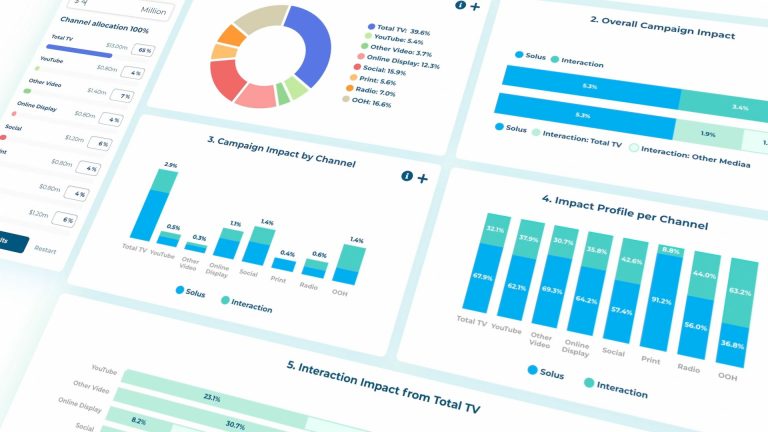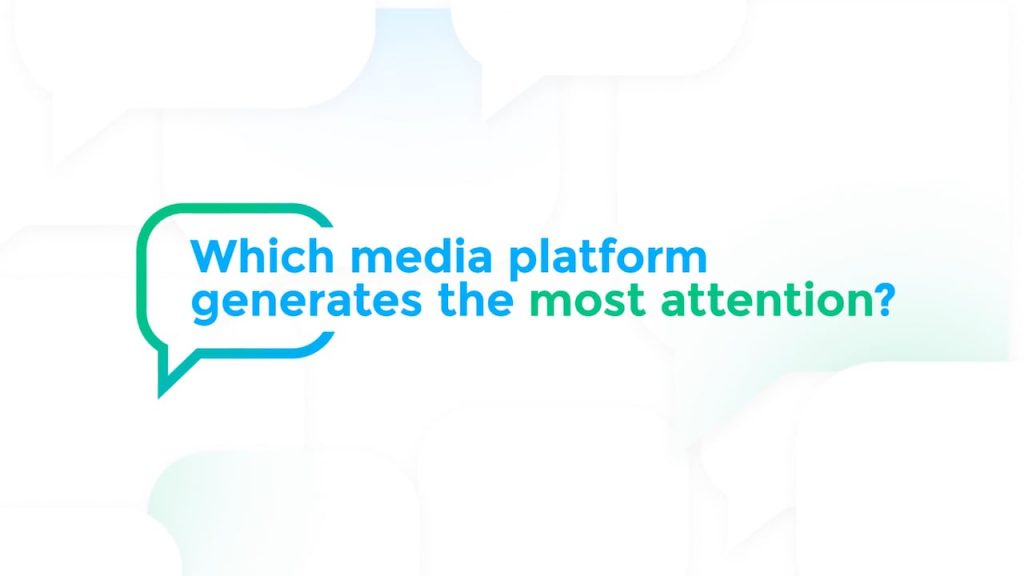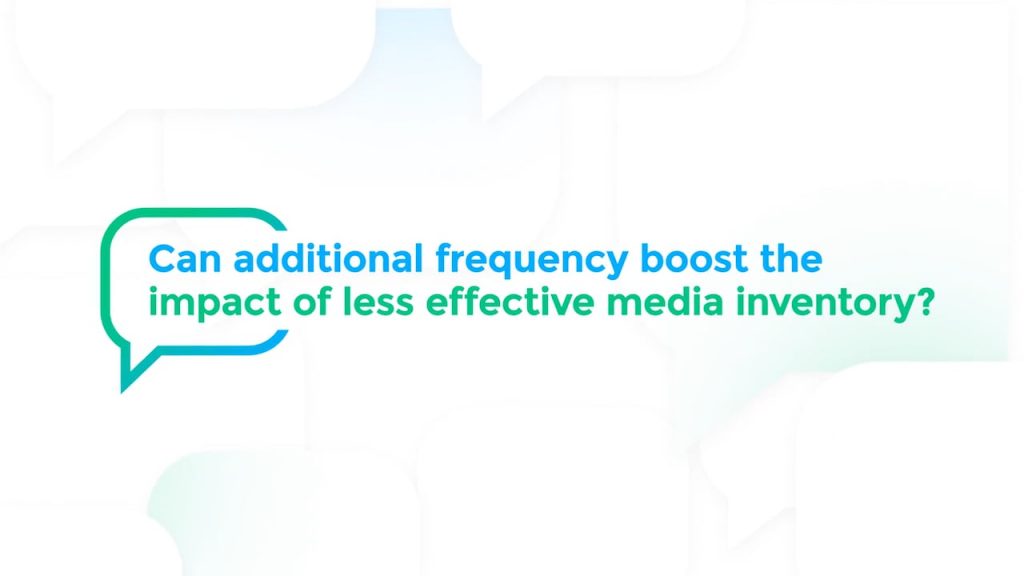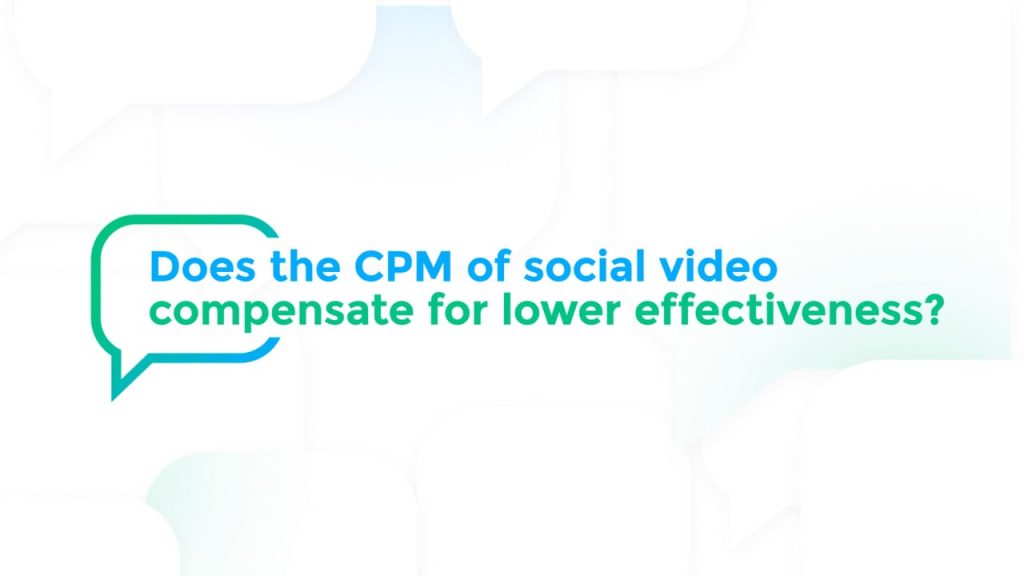Marketing budgets are tight and there has never been a more important time to ensure every dollar is working towards achieving your objectives. With the vast range of advertising options available, that’s easier said than done.
How can you best ascertain where to allocate spend? What questions should you ask of your media partners and what are the attributes of media platforms that help or hinder your advertising campaign?
The Benchmark Series can help.
Another factor to consider when seeking people’s attention: Emotion
In her work, Professor Nelson-Field discovered that ads which generate a strong reaction – irrespective of whether the reaction is positive or negative – garner 16% more attention than ads that elicit weak reactions. And ads which generate a high emotional response have 2.4 times the sales impact than ads which elicit a low response. That said, a low emotion ad will gain more attention when distributed on a more visible platform than a highly emotional ad that can barely be seen. Ultimately, the ad being seen is the most important factor.
All of this adds up to one thing and that is if you want people to pay attention to video advertising, there’s only one medium that fits the bill and that is TV. On any device – PC, mobile or TV screen – TV renders 100% of pixels 100% of the time driving more attention and therefore more sales.
Good media enables brands to be remembered longer
Decay is a major factor for all brands with the Benchmark research finding that the first impression has the greatest effect on any platform but that’s where the similarities end. Ads viewed on both Facebook and YouTube decay at a faster rate than ads seen on television. In fact, Facebook ads decay 2.5 times faster while YouTube decays three times faster.
Does a focus on efficiency impede advertising effectiveness?
The Benchmark research highlights stark performance differences between the platforms which begs the question, is this accounted for by cost? As in, are Facebook and YouTube comparatively cheaper than TV to make up for the impact they can have on sales?
Based on the STAS for each platform, Professor Nelson-Field noted: “Even if it’s the same price, at the first impression, you’re getting 50% less sales.”
The data reflects that TV attracts almost 1.5 times the sales per dollar than Facebook and around two times more sales per dollar than YouTube.
Furthermore, over time the sales impact continues to decrease with Professor Nelson-Field commenting: “People need to stop chasing their tails around CPM and the immediate impact and think about the compounded impact across time.”
Before you do, consider this: the best place to put the digital part of your video budget is actually Broadcaster Video on Demand (BVOD). BVOD refers to broadcast quality content delivered via set-top boxes, PCs and apps on mobile and tablet devices.
Professor Nelson-Field set out to determine the best second screen in addition to TV and found that the combination of TV and BVOD generates twice the sales impact of TV paired with social video.
The Benchmark research also found that combining a high-performance platform such as TV with a lower performing platform can drag down the STAS that could have been achieved with a single exposure on the better performing option.
Professor Nelson-Field noted: “You can’t expect two views to generate twice as many sales because the first impact is the one that does the job and the second one is diminishing returns.”
More like this

Facts & Stats / The Benchmark Series
The Benchmark Series: Cross Channel Impact
In its seventh year, The Benchmark Series investigates the impact of different media channels and their interactions to drive the best media mix.

Facts & Stats / The Benchmark Series
The Brand Engine: Optimise your media spend & power better brand outcomes
Marketers are always looking to increase effectiveness and efficiency of media investment, but without consistent access to econometric modelling it can be challenging to design campaigns for the best possible […]

Facts & Stats / The Benchmark Series
Cross Channel Impact: A Focus on Retail & Services

Facts & Stats / The Benchmark Series
Not all reach is equal: TV commands more attention than social video

Facts & Stats / The Benchmark Series
The Benchmark Series: Cross Screen Effects
The results from The Benchmark Series have consistently demonstrated that the superior screen coverage and viewability of TV drives greater attention and delivers higher sales impact than social video, irrespective […]

Facts & Stats / The Benchmark Series
The Benchmark Series: Viewability
As part of The Benchmark Series, ThinkTV commissioned Dr Karen Nelson-Field, a Professor of Media Innovation at The University of Adelaide, to conduct an independent, large-scale in-home study into how Australians really engage with […]

Facts & Stats / The Benchmark Series
The Benchmark Series: Emotions and Advertising
Does emotional advertising boost advertising effectiveness?

Facts & Stats / The Benchmark Series
The Benchmark Series: Video advertising on mobile
The mobile tranche of The Benchmark Series from Professor Karen Nelson-Field compares the awareness, coverage and, most importantly, the sales impact of TV, Facebook and YouTube video advertising delivered via […]

Facts & Stats / The Benchmark Series
The Benchmark Series: Memory Decay
In “Advertising Effectiveness: The Long and the Short of it”, Les Binet and Peter Field showed that advertising works in two ways; in the short term to drive sales amongst […]














